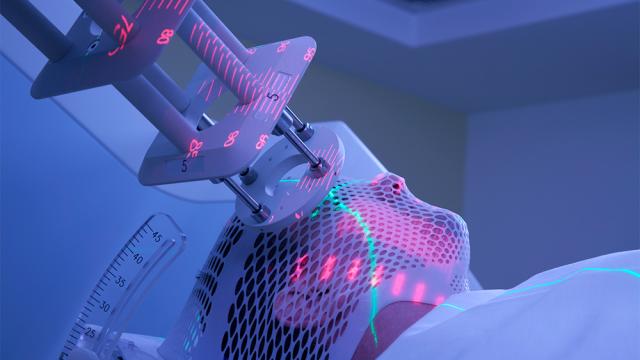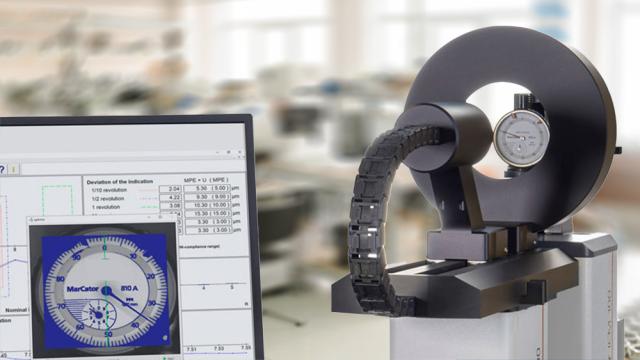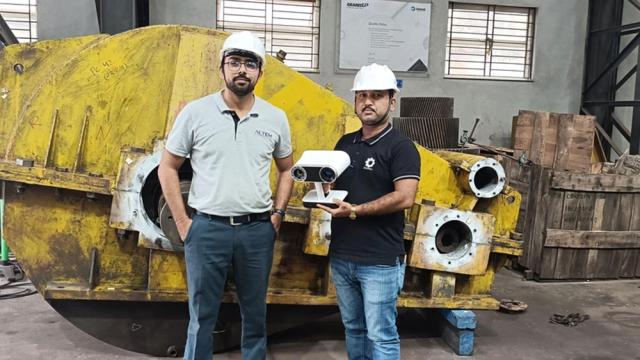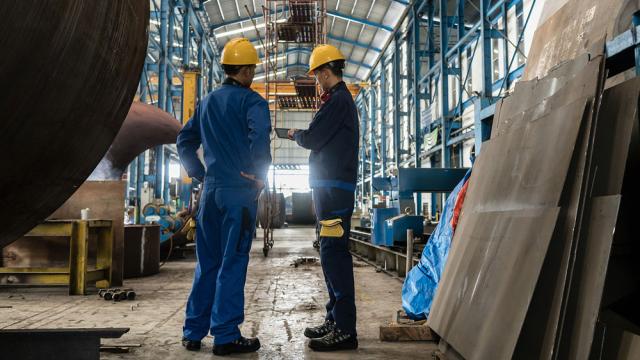All Features

Jeff Dewar
When we set out to film Episode 2, we faced a fundamental challenge: How do you make people care about errors they can’t see?
(See all the episodes here.)
Error propagation is critical to metrology, the science of measurement, but it’s abstract. These are mistakes measured in tiny amounts that…

ISO
In today’s digital age, the question isn’t whether you’ll experience a cybersecurity attack, but when this might occur. Cybercriminals strike when you least expect it, with devastating consequences for your day-to-day operations. If your organization is lucky, it can block the attacker and limit…

Bennie Caldwell
In manufacturing, failure isn’t an option—it’s a liability. A defective part or a missed delivery triggers a chain reaction that can disrupt schedules, undermine trust, and drain resources.
So when someone suggests a strategy with the word fail in it, skepticism is understandable, because…

David Hall Rode
In 2025, there’s been a marked increase in FDA warning letters. During the second quarter of 2025 alone, the U.S. Food and Drug Administration (FDA) issued 172 warning letters. A notable enforcement surge occurred in September 2025 when the FDA released 80 warning letters in a single week. Although…

Troy Harrison
Here’s something nobody saw coming: The generation most skeptical of AI isn’t the one that doesn’t understand it. It’s the one that understands it best.
Every new technology faces resistance. The internet? A fad. Smartphones? Unnecessary. Social media? A waste of time. But tech skepticism has…

Dirk Dusharme
In Episode 1 of The Quality Digest Roadshow, we talked about metrology standards and how those standards and traceability are the glue that holds industry together. While measurement standards are critical, they’re useless without the equipment, processes, and people that use the tools that measure…

Enver Yücesan
Digital twins have become indispensable tools across industries. Powered by AI, these virtual constructs mirror physical systems in complex manufacturing facilities, supply chains, and operational workflows. By continuously monitoring their physical counterparts and feeding back recommendations,…

Sierra Miller
Growing up in rural Pennsylvania, I didn’t have scientists for role models. In fact, I’m the first woman in my family to get a college degree, much less become a scientist.
I attended underfunded public schools where we didn’t have science, technology, engineering, and math (STEM) education beyond…

Leif Nyström
Management by objectives isn’t just a way to set direction for an organization. It’s a prerequisite for creating sustainable development and a culture of continuous improvement.
True success, however, comes not just from setting goals, but from ensuring they are actually achieved. Or, to…

Stephen Russek
In the evenings, after patients have left for the day, our research team visits the radiation oncology offices at the University of Colorado Anschutz Medical Campus to talk to medical physicists about how our research can help cancer patients. We also run experiments in their radiation suites.
The…

George Schuetz
All gauging equipment must be calibrated periodically to ensure it can perform the job for which it’s intended (i.e., measuring parts accurately).
This is true for every hand tool or gauge used in a manufacturing environment that verifies the quality of parts produced—from calipers and micrometers…

Paul Hanaphy
Regular inspection is absolutely vital with industrial transmission systems. Just like the gearbox in an everyday car, components are prone to wear, misalignment, and fatigue—issues that can lead to machinery failure. This isn’t just a matter of downtime but operator safety, too.
Traditionally,…

Akhilesh Gulati
I’ve had this conversation countless times—sometimes with a frustrated client, often with a colleague, and occasionally with my own reflection.
We hear familiar calls for help:• “We need better communication.”• “People need to collaborate more.”• “We’ve lost our culture.”
These observations show…

Adam Grabowski
What’s truly holding your discrete manufacturing shop back from reaching its full potential? It’s often not the commonly cited culprits like labor shortages, razor-thin margins, or fierce competition. It’s more often paper: the unseen, insidious enemy.
Imagine your shop floor: stacks of traveler…

Gleb Tsipursky
The conversation about generative AI (gen AI) is unavoidable in today’s business landscape. It’s disruptive, transformative, and packed with potential—both thrilling and intimidating.
As organizations adopt gen AI to streamline operations, develop products, or enhance customer interactions, the…

Harish Jose
In this article I’m looking at a question that’s rarely asked in management: What if the most responsible course of action isn’t to maximize benefit, but to minimize harm? In decision theory, this is expressed as the minimax principle. The idea is that one should minimize the worst possible outcome…

Felicitas Stuebing
At the corner of quality and assembly, design engineers are frequently confronted with unexpected, complex fluid process issues in the prototyping phase. These obstacles are reflected in voice-of-customer sprints and surveys revealing that medical devices companies in particular stall out in the…

ETQ—Part of Hexagon
Even the smallest manufacturer would never consider using a typewriter to develop an invoice, or manage a sales prospect list from a Rolodex. So why, when it comes to quality management, are they often still using manual methods or home-brewed software that was never intended for today’s quality…

Rick Herman
Amidst uncertainty in manufacturing, AI adoption, labor market fluctuations, and salary disparities across industries and geographic regions, quality professional compensation can be difficult to navigate.
Without current job-level salary benchmarks, quality professionals from technicians to…

Donald J. Wheeler
One of the principles for understanding data is that while some data contain signals, all data contain noise. Therefore, before you can detect the signals you’ll have to filter out the noise. This act of filtration is the essence of all data analysis techniques. It’s the foundation for our use of…

Mike Figliuolo
Staff meetings can be incredibly productive. Or unproductive—and more often the latter. If your staff meetings are terrible, it’s your fault because you’re not structuring them well.
One of the most surreal business experiences I’ve ever had relates to a staff meeting. I’d joined a new team, and…

Artem Kroupenev
Quality has always been a defining metric in manufacturing when it comes to industry trust, brand longevity, and customer loyalty. Manufacturers are already expected to abide by stringent regulations. But as economic complexity rises and experienced operators retire, maintaining consistent quality…

Bryan Christiansen
From manufacturing and mining to hospitality and healthcare, computerized maintenance management systems (CMMS) have become all but essential. Wherever there are assets to maintain, a CMMS plays a critical role in reducing downtime, controlling costs, and keeping operations running smoothly.
But…

Mat Gilbert, John Robins
Physical AI—the embedding of digital intelligence into physical systems—is a promising but sometimes polarizing technology. Optimists point to the upside of combining AI and physical hardware: robot-assisted disaster zone evacuations, drone deliveries of critical supplies, and driver assistance…

Harish Jose
In this article, I want to explore an idea that often is framed in moral terms but is actually a cybernetic imperative: the necessity of diversity for viable systems. Whether we’re talking about societies, organizations, or even artificial intelligence systems, the principle remains consistent. A…